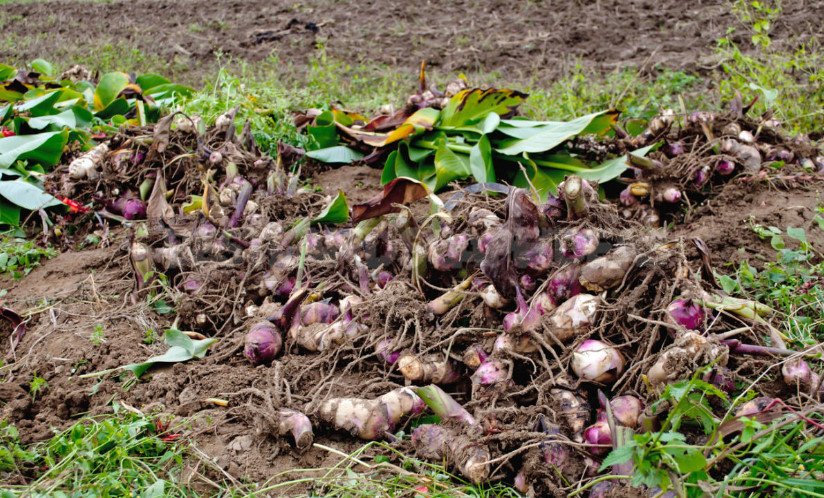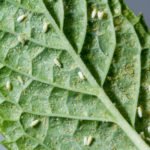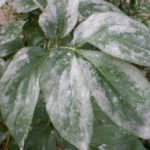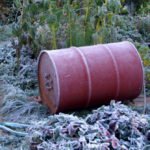Hothouse creations — non-resistant perennials from tropical countries — a cold not to worry, so they don’t have to spend the winter in the open ground.
Season for sissies is over
Sensitive exotics even zero temperatures seem colder, so they should not spend the winter in the open ground. Tubers, rhizomes, corms of such plants are dug after the first frost (or even before them). Although then can return the warmth, season for coddled creatures is over.
The main concern of the grower — send the time to the underground part of the heat-loving perennials for winter storage in the dry basement, garage, refrigerator, with balcony or kitchen in the apartment. Each plant has its own requirements for temperature and humidity, and it is important to find out in advance whether you have the opportunity to perform them. Before storing the “roots”, carefully inspect them and, if there were instances with signs of diseases or pests, treat with pesticides or potassium permanganate.
Begonias
Begonias begin to prepare for the winter with the removal of flowers and new buds in September.
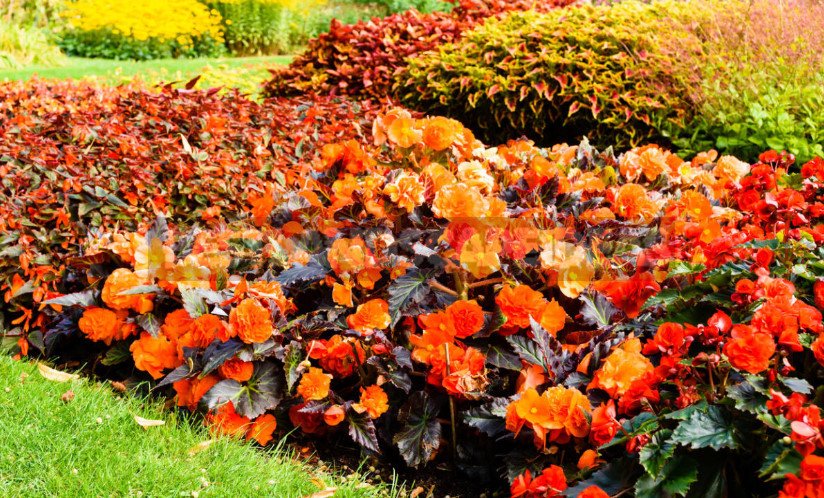
- Do not wait for the first frost, even before they come transplanted plants in containers and bring in the house — let them grow there.
- About mid-October, stop watering.
- When the leaves and stems are completely wilted, cut them off at the ground.
- After that, put the containers in a dark cool (+5…+10°C) place, for example, in the basement. There you can store the tubers and without container: dig them, dry them, shake the earth, put in a cardboard box in a single layer, cover with dry peat or sand. Similarly, you can save the tubers begonias in the refrigerator, in the compartment for vegetables.
Gladioluses
Gladioli cut, leaving a stump height of about 5 cm Corms dig, shake off the ground and dry well.
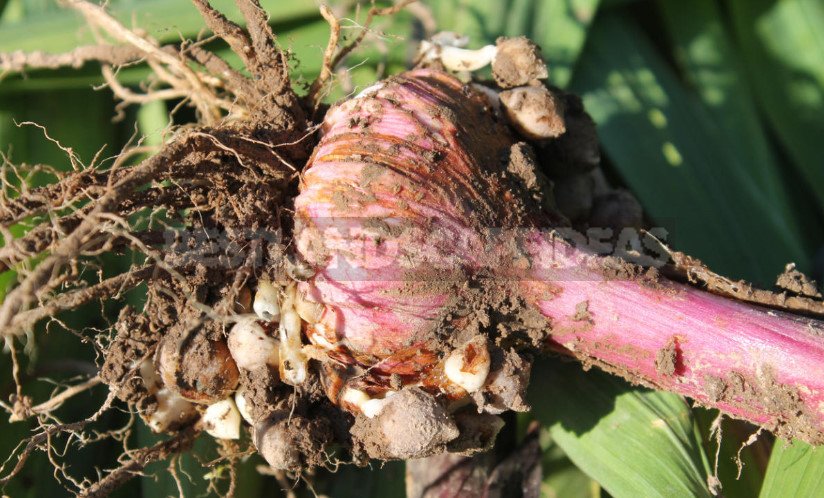
Healthy tubers fold in boxes and put them in a cool room with good ventilation and humidity 60-70%.
Dahlias
Cut the dahlias when the bushes turn black after the first frost (temperature below 0°C), leaving the stump 15 cm above the root neck.
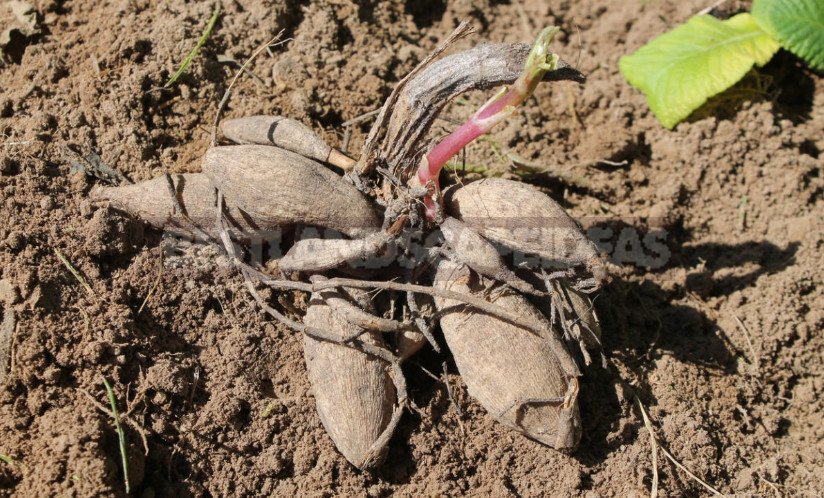
- Carefully dig the root tubers, lightly shaking off the ground, and put them to dry for two weeks or on the street (if the frost stops and it does not rain), or in a not too cold room.
- Gently shake off the remaining soil from the dried root tubers and place them in a cardboard or wooden container with clean, dry sand. Store the boxes in a dark and cool (+4°C) dry basement.
Cannae
Cannes garden can not tolerate even the lightest frost. Before the promised cooling, cut the stems of plants, leaving 10-15-centimeter hemp, dig the rhizomes with a lump of earth, put in one layer in wooden boxes or cardboard boxes and fill with dry sand.
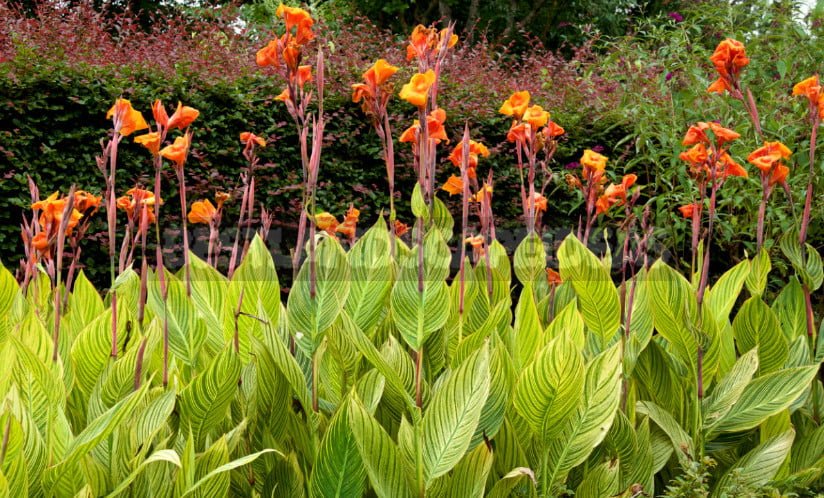
The temperature at which the rhizomes are stored is +6…+10 °C, humidity 60-70%.
Crocosmia
Crocosmia is more or less frost-resistant, and sometimes thermophilic-it depends on the variety.
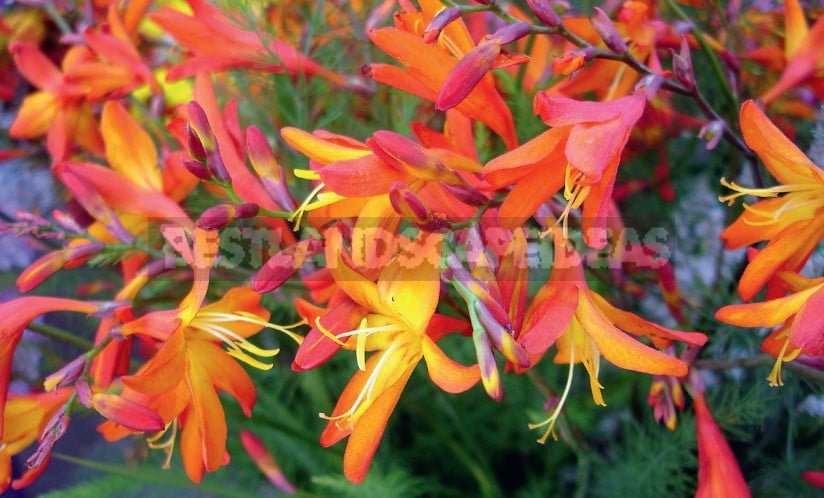
The larger and more luxurious flowers, the worse the plant tolerates cold. If you want to keep the varietal Crocosmia, dig their corms in October until the ground is frozen, cut the stems and leaves, dry for a few days in a room with a temperature of +15°C. Then put in cardboard or wooden boxes, in paper bags and store at a temperature of +5…+7 ° C.
Less valuable Crocosmia try to leave to winter in the ground. Cut the withered above-ground part, mulch the plants with a 15-centimeter layer of dry peat, and above the plantings build an air-dry shelter with a height of about 0.5 m and fill it with dry leaves, hay.
Freesia
Freesia is so not adapted to winter, it is best grown only in containers.
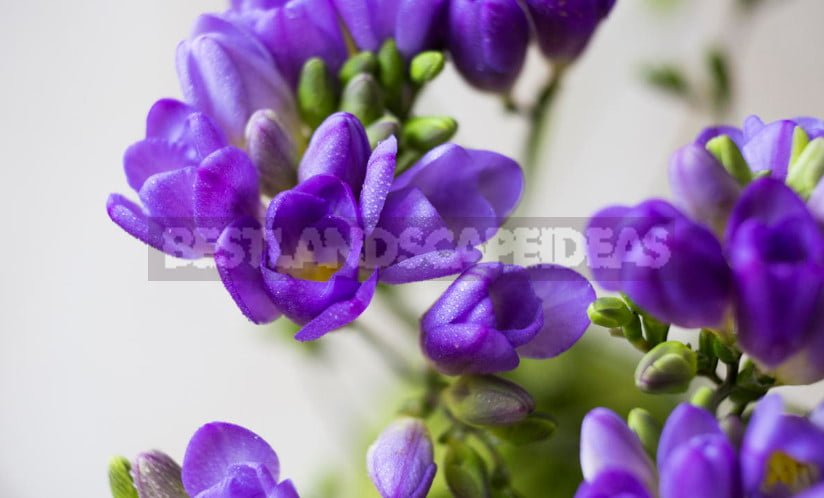
- At the end of September or even earlier (weather permitting), transfer the container with blooming freesias to the house, as the corms must ripen in heat.
- Gradually reduce watering.
- When the aboveground part dies, cut it, remove the corms, clean from the ground. Then dry them and put in nets or gauze bags, store in a warm (+25°C) wet (70-80%) place.
Sometimes it is recommended to keep freesia in tightly closed banks next to heating devices, but in such conditions the corms can dry up.
Bulbous, wintering in the open ground
Crocuses, Muscari, Scilla, snowdrops, Puschkinia, Fritillaria and other winter-hardy bulbs, blooming in early spring, do not need to cover, to wintering in the open field they are familiar. Planted in time and at the optimum depth, the bulbs of these plants have time to take root well and do not freeze in the cold if the snow fell. But late with planting, be sure to mulch the soil and lay the spruce branches or brushwood to hold the snow.
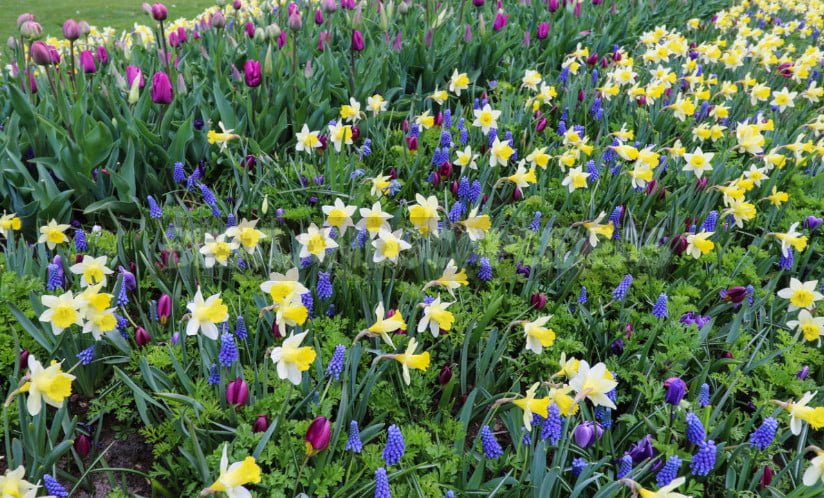
Hyacinths, daffodils, tulips (bulbous, also wintering in the ground), even with timely planting, be sure to mulch a dry mixture of peat, humus and garden land, put something on top, delaying snow. Experienced growers are advised to increase the layer of mulch to 10 cm if the plants are planted later.
And imported bulbs with unknown frost resistance additionally sprinkle with dry foliage and cover with spruce branches.
